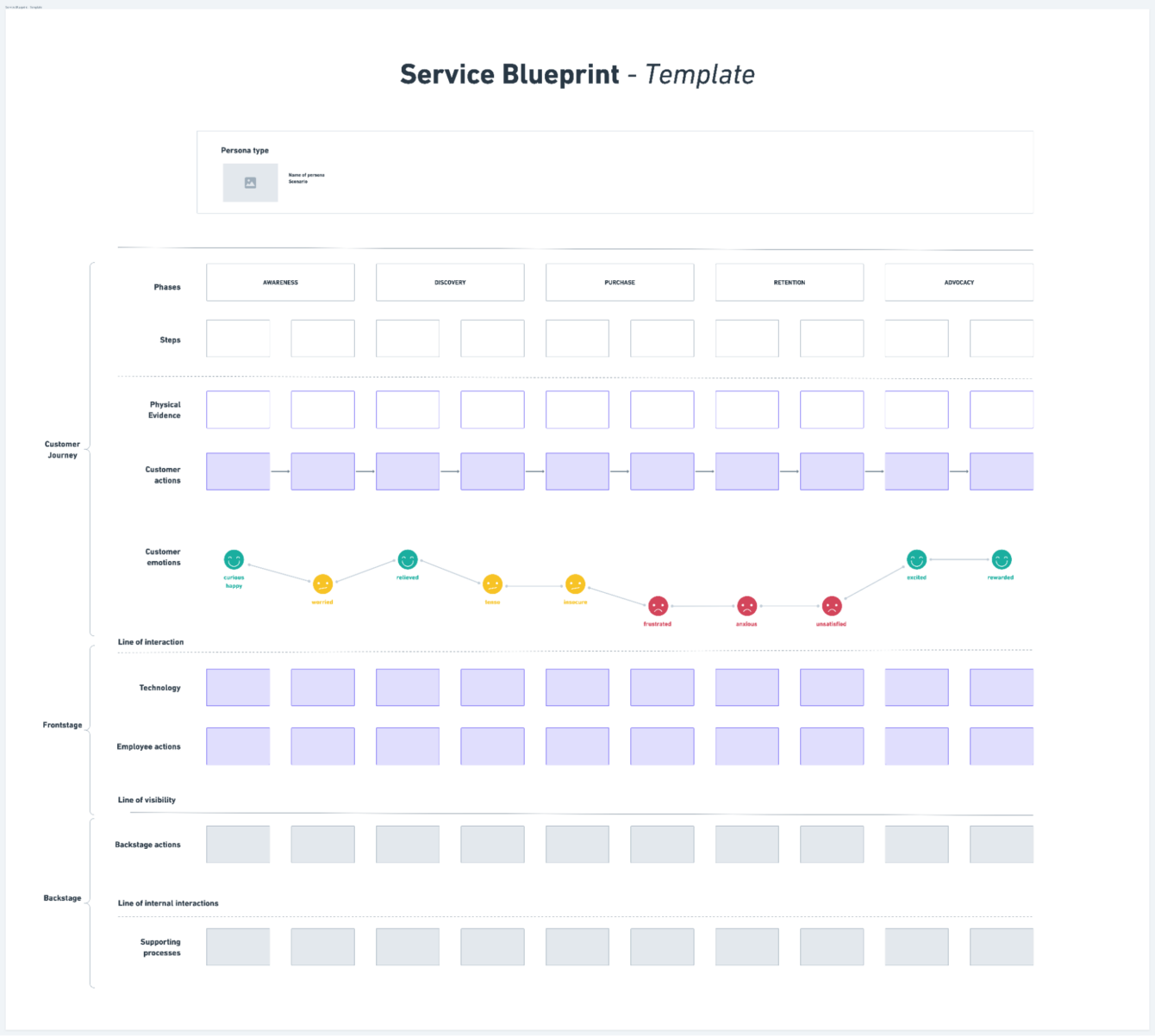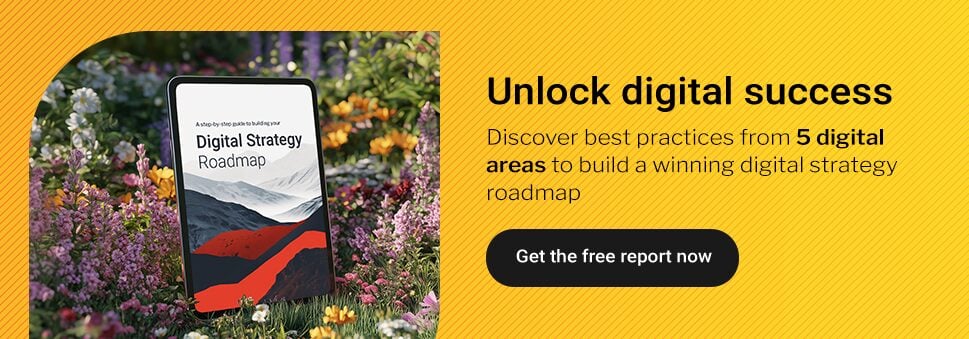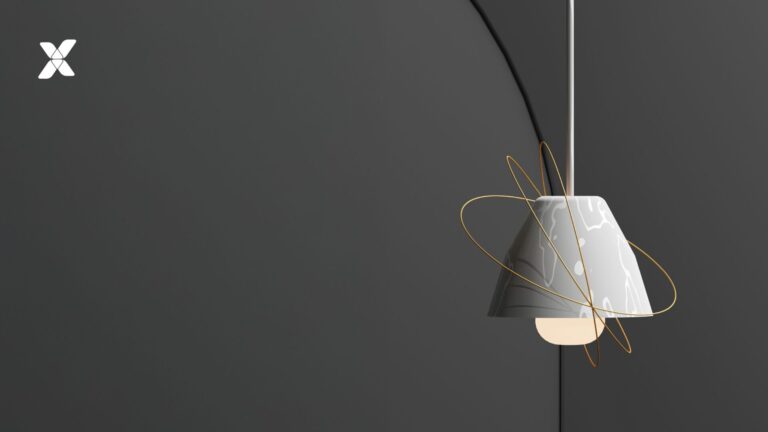Do you have a bird’s eye view of how your business is currently operating across all channels? That’s exactly why you need a service blueprint. G. Lynn Shostack, a bank executive, first coined the term in a 1984 article in the Harvard Business Review. Since then, service blueprints have become one of the most widely used tools in service design, managing service operations, and measuring the efficiency of work within an organization.
In this article, we look at what a service blueprint is, as well as its five key elements and benefits.
TABLE OF CONTENTS
- What is a service blueprint?
- How does it differ from a customer journey?
- Key components of a service blueprint
- What are the benefits of a service blueprint
- Key takeaways
- How Vaimo can help
What is a service blueprint?
A service blueprint is a diagram that visually maps/provides a complete picture of how an organization’s service is delivered, end to end, front to back, and across channels. It is a powerful tool that provides a high-level view of the customer journey and a detailed view of what happens below the surface.
Since a service blueprint corresponds to a specific customer journey (with specific user goals, pains, and activities associated with it), it is possible to have multiple blueprints for the same service to accommodate different scenarios.1 For example, a restaurant business may use multiple blueprints for ordering food to dine at the restaurant versus ordering food for takeaway.
How does it differ from a customer journey?
A service blueprint is essentially an extended customer journey. A map of the customer journey outlines all the ways in which a customer will interact with an organization over the course of their relationship. In contrast, a service blueprint delves deeper into the physical and digital interactions that facilitate those customer experiences, providing additional details to enrich the overall picture.2
Related Reading: User Journeys and How They Improve Your Design

Example of a service blueprint template. Duplicate and edit here. Source: whimsical.com
Related Reading: What is Omnichannel Retail?
Key components of a service blueprint
Service blueprinting offers a great approach to omnichannel experiences, experiences where multiple touchpoints are involved, and experiences that require cross-functional collaboration. Now let’s look at the elements that make up a typical service blueprint.
1. Physical evidence
Physical evidence is what customers (and employees) come in contact with at each step (touchpoints). For example, a location (physical or virtual) such as the physical shop or the website, but also interaction points like a virtual shopping cart, email notification, signup screen, and so on.
2. Customer actions
Customer actions are what customers do during each step of the service experience. For example, customers can visit a restaurant, wait to be seated, read the menu, order food, etc.
3. Frontstage actions
Frontstage actions are what customers see and who they interact with. This category can refer to the employees a customer interacts with, but for tech businesses, it can be technology. For example, an employee might answer a customer’s question through chat, send an email, or take an order.
4. Backstage actions
Backstage actions are all other employee actions or responsibilities that customers don’t see but that make the service possible. Some examples might be uploading content to a landing page, preparing a package to be sent out, or ordering material.
5. Supporting platforms
Supporting platforms are those internal additional activities that support the employees providing the service, such as software or equipment used, third-party suppliers, or delivery service.
Each of the components above is separated by a line to clarify how the different categories of the service blueprint interact with each other. These lines include:
- Line of interaction: separates the customer from the organization
- Line of visibility: separates the processes the customer can see from those they cannot
- Line of internal interaction: separates the partners or employees that don’t have contact with the customer but step in at different times to support the service
If more detail is needed, the following categories might be added:
- Arrows can be used to represent relationships and dependencies between the components. For example, a single arrow indicates a one-way exchange, while a double arrow indicates codependence.
- Time shows how long each step takes.
- Emotions show how the customer feels throughout the process.
- Metrics help measure goals and success at each step.

Example of a completed Service Blueprint that visualizes all the elements. Source.
What are the benefits of a service blueprint?
Service blueprints focus on the customer and allow for a clear end-to-end vision of the service offered. This helps organizations:
- Better understand their current services. This offers internal clarity for the teams, especially in regard to complex services. Improved communication is fostered, increasing the likelihood that companies will comprehend their customers and effectively meet their needs.
- Detect weaknesses and flaws in the service.
- Identify improvement opportunities. Visualizing how relationships between customers, employees, and internal processes are connected uncovers potential improvements and helps eliminate redundancy.
- Design a new service. They can create a service prototype to test before launching the service to customers.
- Better understand the actors in a service, especially when many parts are involved – i.e., customers, suppliers, consultants, teams, employees, etc. – to reduce complexity.
Key takeaways
Service blueprints are a great way to fully understand the process related to a service and the dependencies between all the parts, both employee-facing and customer-facing. It is also a great tool to:
- complement customer journey maps,
- identify key pain points of the users,
- optimize complex interactions,
- save money for the organization,
- and help deliver pleasing memorable customer experiences.
After all, creating memorable customer experiences drives retention, revenue, and ultimately, growth.
How Vaimo can help
We’ve assisted hundreds of ecommerce businesses in creating and refining their customer experience with the most effective methods that can be tailored to your individual needs. Our step-by-step plans and ready-to-use action plans will save you time and effort in researching, testing, and strategizing, allowing you to concentrate on the right tasks in the right order.
Customer experience is everything. Make it a priority to drive engagement and conversion. Speak to our specialists today about growing your business!
Sources:
1 – When and How to Create Customer Journey Maps – nngroup.com
2 – Interaction Design Foundation – interaction-design.org








